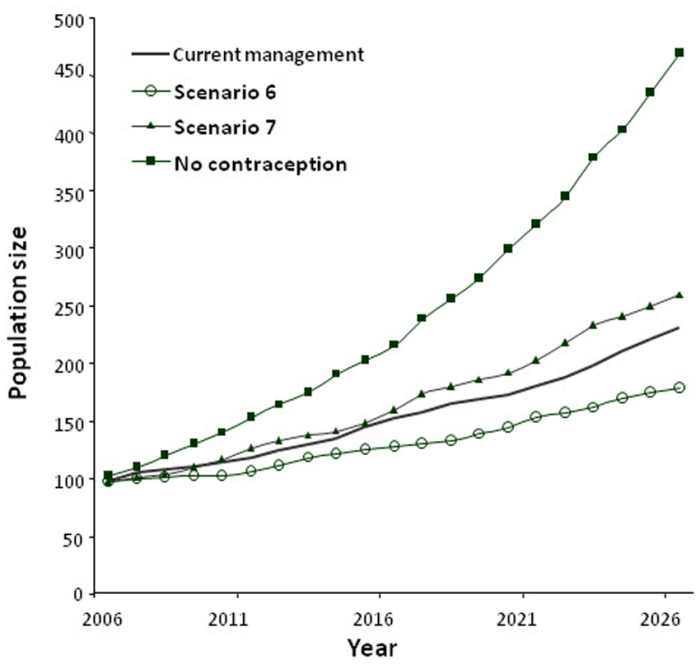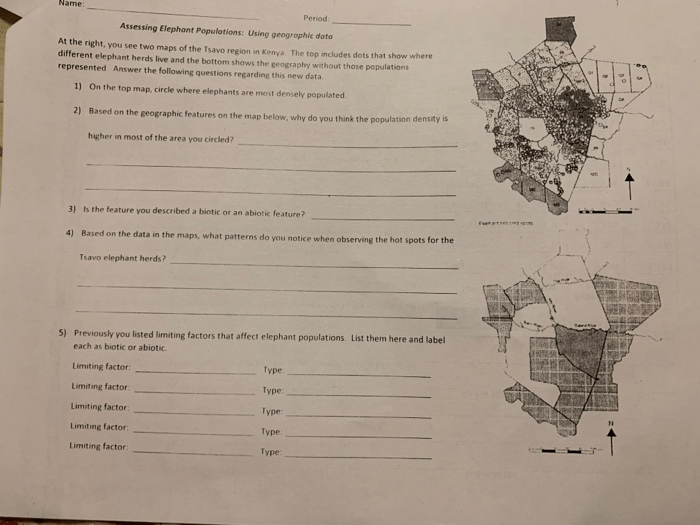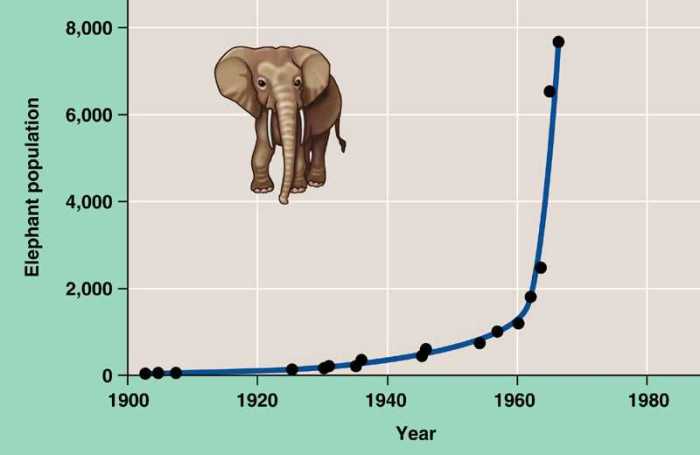Assessing elephant populations using population census numbers offers a critical tool for conservation and management. By harnessing data from systematic surveys, researchers gain valuable insights into population dynamics, distribution patterns, and threats facing these magnificent creatures.
Population census numbers provide a standardized and comprehensive approach to elephant population assessment, enabling researchers to track population trends, monitor conservation efforts, and inform decision-making.
Historical Methods of Elephant Population Assessment

Historically, elephant population assessment has relied on traditional methods such as aerial surveys, ground counts, and dung counts.
Aerial Surveys
Aerial surveys involve observing and counting elephants from aircraft. This method provides a broad overview of elephant distribution and abundance over large areas, but it can be expensive and may not be accurate in dense vegetation or for cryptic species.
Ground Counts
Ground counts involve observers walking through elephant habitats and counting individuals directly. This method is more accurate than aerial surveys, but it is time-consuming and can be challenging in remote or inaccessible areas.
Dung Counts
Dung counts involve counting elephant dung piles along transects or in specific areas. This method is relatively inexpensive and can provide information about elephant density and distribution, but it can be affected by factors such as dung decay rates and observer experience.
Population Census Numbers as a Tool for Assessment

Population census numbers are obtained through systematic counts of individuals within a defined population. These numbers provide a snapshot of the population size at a specific point in time.
Challenges in Obtaining Accurate Data
Obtaining accurate population census numbers can be challenging due to factors such as the large size and mobility of elephants, the difficulty of observing them in dense vegetation, and the potential for double counting or missing individuals.
Importance of Standardized Methods, Assessing elephant populations using population census numbers
Standardized census methods are crucial to ensure the accuracy and comparability of population data. These methods should be designed to minimize bias and error, and they should be consistently applied over time.
Data Analysis and Interpretation: Assessing Elephant Populations Using Population Census Numbers

Population census numbers are analyzed using statistical methods to estimate population size, density, and other demographic parameters.
Statistical Methods and Models
Common statistical methods used in elephant population assessment include mark-recapture models, distance sampling, and occupancy modeling. These models incorporate factors such as detection probability and sampling effort to provide more accurate population estimates.
Confidence Intervals and Error Margins
Population estimates are typically reported with confidence intervals, which indicate the range within which the true population size is likely to fall. Error margins should be considered when interpreting population data and making management decisions.
Key Questions Answered
How are population census numbers collected for elephants?
Population census numbers are typically collected through aerial surveys, ground counts, and dung counts. Aerial surveys involve flying over areas where elephants are known to inhabit, while ground counts involve teams of observers walking through the habitat and counting elephants directly.
Dung counts involve counting elephant dung piles within a defined area to estimate population density.
What are the challenges in obtaining accurate population census numbers for elephants?
Obtaining accurate population census numbers for elephants can be challenging due to their wide-ranging behavior, dense vegetation, and remote habitats. Additionally, factors such as poaching, habitat loss, and environmental conditions can influence population numbers and make it difficult to obtain precise estimates.
